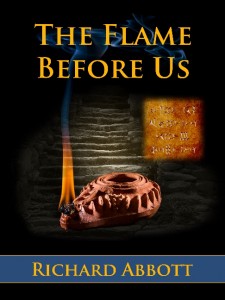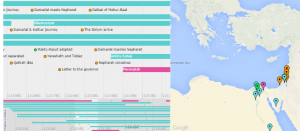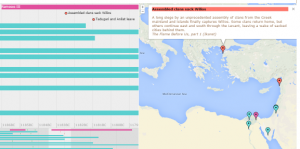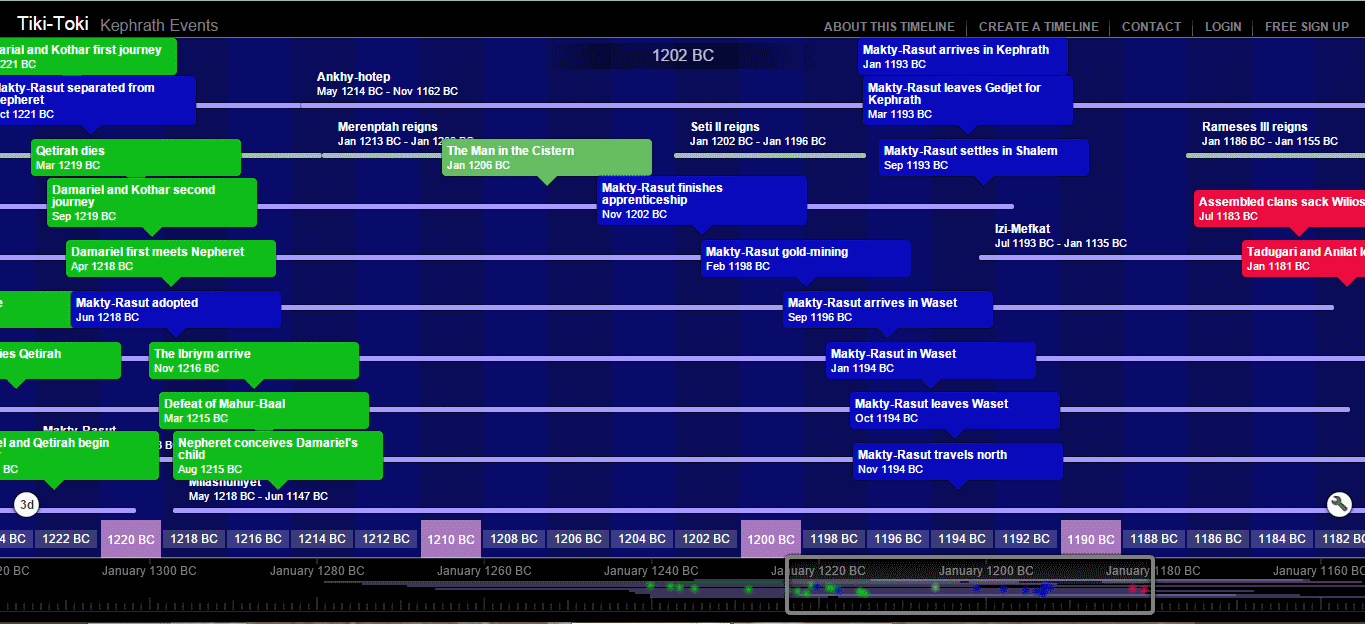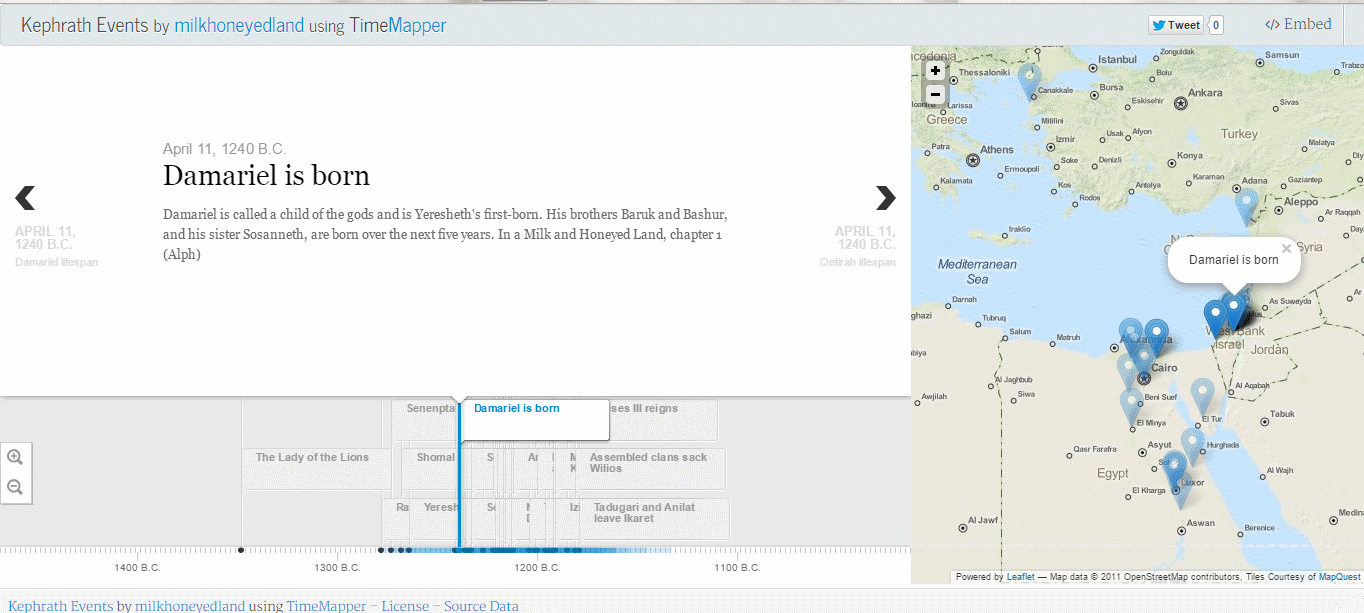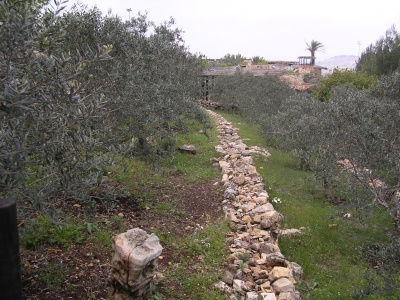There has been a whole bundle of space news this week – so much, in fact, that I had to temporarily postpone my series of going through how the different planets have been portrayed in fiction. Instead, I picked a couple of key stories which most appealed.
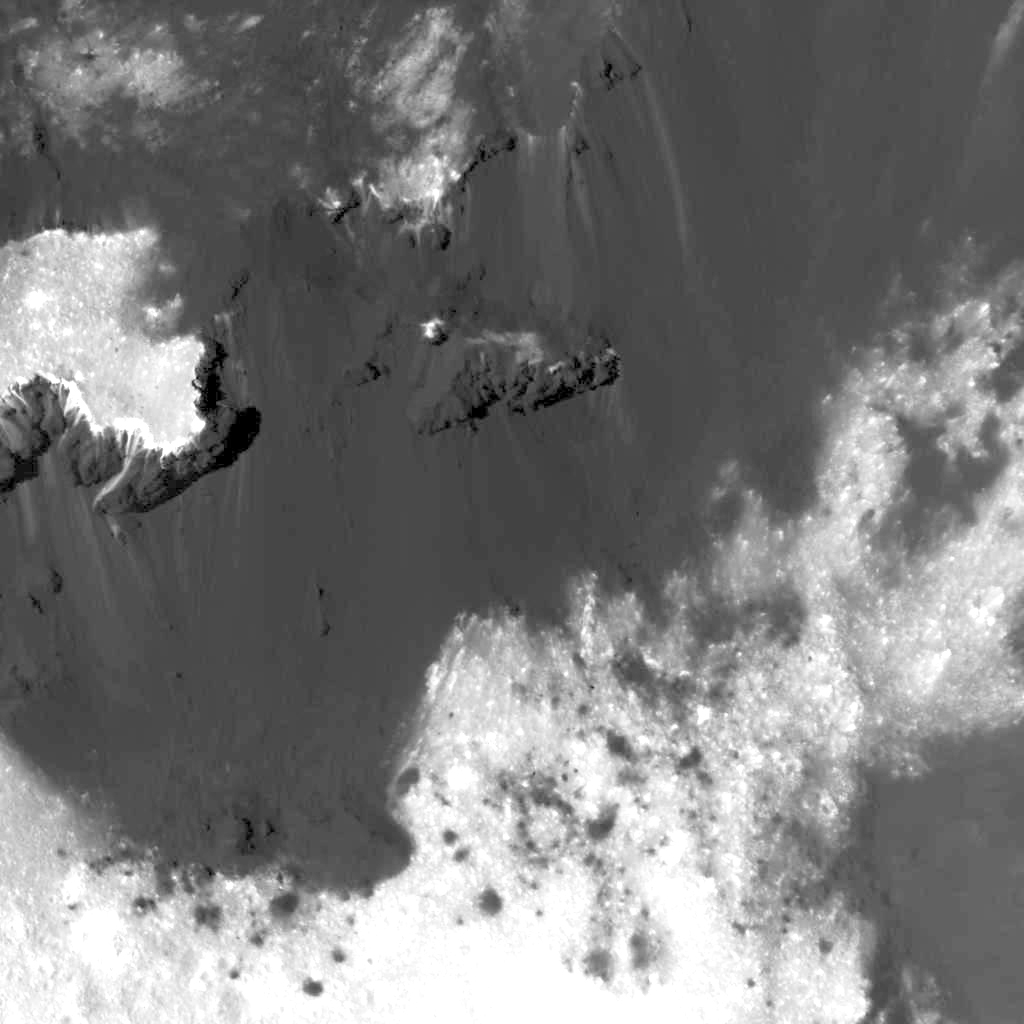
The first – and much the shorter – is to do with the Dawn space probe. Readers may remember that a few months ago, the decision was taken to use the remaining fuel to lower the orbit as far as safely feasible. This means better images (and results from other instruments) as the orbit now goes down as low as about 20 miles. The first pictures have started to appear, and very striking they are, and over the next few months I expect that we’ll be hearing a lot more about the surface chemistry. The first approach to Ceres revealed enigmatic bright spots on the surface (known as faculae), which are now recognised as salty deposits of carbonates – the largest such deposits away from the Earth, in fact. But do they ooze up through cracks and fissures from deep underground, or is there a reservoir of brine just below the surface? It is possible that the new low orbit wil shed light on this.
But the main story-telling event of interest was part of the contents of the Soyuz shuttle which docked with the ISS a little while ago. As well as three crew and a bunch of science experiments, a mobile AI called CIMON (Crew Interactive MObile Companion) arrived…

CIMON is powered by the IBM Watson software, has a digital “face”, and is capable of interacting with the Station crew via facial expressions, emotions, and voice. Excitingly – so far as I am concerned – CIMON is European in origin, having been developed by Airbus. The enclosing shell was 3d printed, and weighs about 5kg (which only matters if it collides with something, as the ISS is routinely in microgravity). It wil remain free-flying and able to navigate to the various parts of the ISS at need.
CIMON has several purposes – first, it gives the internal neural networks plenty of new material to learn from, but the intention is that the crew will work with the AI to find collaborative solutions to problems. The science objectives are listed as:
The Pilot Study with the Crew Interactive MObile companioN (Cimon) is a technology demonstration project, and an observational study, that aims to obtain the first insights into the effects on crew support by an artificial intelligence (AI), in terms of efficiency and acceptance during long-term missions in space. Spaceflight missions put the crew under a substantial amount of stress and workload, and it is thought that AI could provide operational support to crew members.
So although CIMON can certainly provide early warning of particular categories of technical problems, and will assist with a number of predefined experiments, the goal is to provide social interaction.
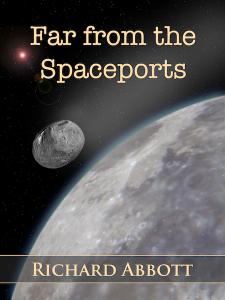
Which brings me, naturally, to Slate! Slate, the main persona AI in Far from the Spaceports, is several generations of AI beyond what we enjoy today. Voice assistants like Alexa, Google Home, Siri, Cortana and so on are currently Earth-tethered in the sense that the software and database needed to comprehend and respond to a user’s request lives in cloud-based servers here on the planet. Even a trip to the moon (just over a second light signal time each way) would seriously strain conversational ability, and a trip out to the asteroids – say half an hour signal lag – is entirely out of the question. I don’t know whether CIMON relies on Earth-based data to understand what the astronauts will say, or whether a data source has been uploaded to the ISS itself. Keeping tethered to Earth would certainly be feasible at the ISS orbital height – but to go further afield we will need to crack the problem of large-scale localised data storage (maybe using DNA?).
I’ve never committed to an exact year for the events of Far from the Spaceports or Timing, but my feel is something like a century. I feel that probably I have been a little too cautious with this, and that in reality there’s a fair chance that AI having close to Slate’s capabilities could be around within my lifetime. On the other hand, my guess is that human colonies out at and beyond the asteroids won’t be around for a few years after my guess, so maybe it evens up!
Meanwhile, here’s a YouTube video (at https://youtu.be/KnpJI3WeiBg for those getting this through email) showing part of CIMON’s development…

